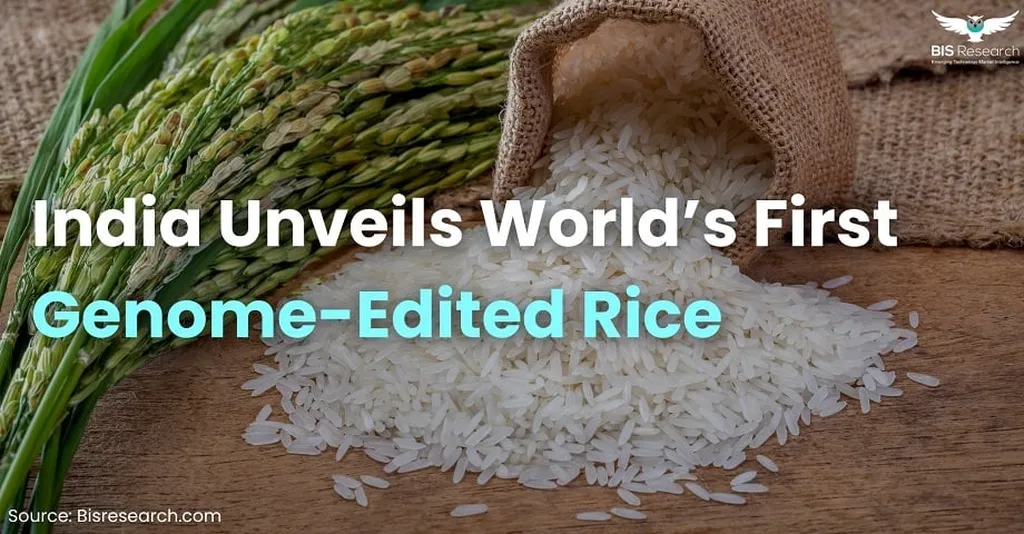In the heart of Bihar, a groundbreaking study is unraveling the genetic secrets of indigenous rice, offering promising avenues for sustainable agriculture and climate-resilient crop improvement. Led by Sarita Kumari, a researcher at the College of Basic Sciences and Humanities, Rajendra Prasad Central Agricultural University, the study published in *The Indian Journal of Agricultural Sciences* (translated as *Indian Journal of Agricultural Sciences*) delves into the morpho-molecular diversity of indigenous rice (Oryza sativa) germplasm, providing insights that could revolutionize the agritech industry.
The research, conducted over two years, aimed to harness the power of Inter-Simple Sequence Repeat (ISSR) markers to analyze genetic diversity, stratify populations, and identify suitable donors for breeding programs focused on yield and climate resilience. “ISSR markers have proven to be highly informative for diversity analysis in rice,” Kumari explained. “They showed a high level of polymorphism, which is crucial for understanding the genetic makeup of our rice germplasm.”
The study identified three highly informative ISSR markers—UBC807, UBC812, and UBC841—which could serve as valuable tools for future genetic research. The research also uncovered two distinct subpopulations within the rice germplasm, a finding that could pave the way for marker-trait association studies. “This population stratification is a significant step towards understanding the genetic diversity within our indigenous rice varieties,” Kumari noted.
Among the germplasms studied, NKSWR 372, NKSWR 457, NKSWR 126, and NKSWR 245 stood out for their superior agronomic performance. These elite genotypes could be potential donors in various rice improvement programs, offering a beacon of hope for enhancing crop yield and resilience in the face of climate change.
The implications of this research extend beyond the agricultural sector. The energy sector, which relies heavily on crops for biofuel production, could benefit from the development of climate-resilient and high-yielding rice varieties. “By improving the genetic diversity and resilience of our rice crops, we can ensure a stable supply of biomass for biofuel production,” Kumari said.
The study’s findings could also drive innovations in agritech, leading to the development of new breeding techniques and genetic tools. As the world grapples with the challenges of climate change and food security, this research offers a glimmer of hope, demonstrating the power of genetic diversity in safeguarding our agricultural future.
In the words of Kumari, “This research is just the beginning. The insights we’ve gained will guide us in our quest to develop sustainable and resilient agricultural practices.” As we stand on the brink of a new era in agritech, the work of Kumari and her team serves as a testament to the potential of scientific research to shape the future of agriculture and beyond.

